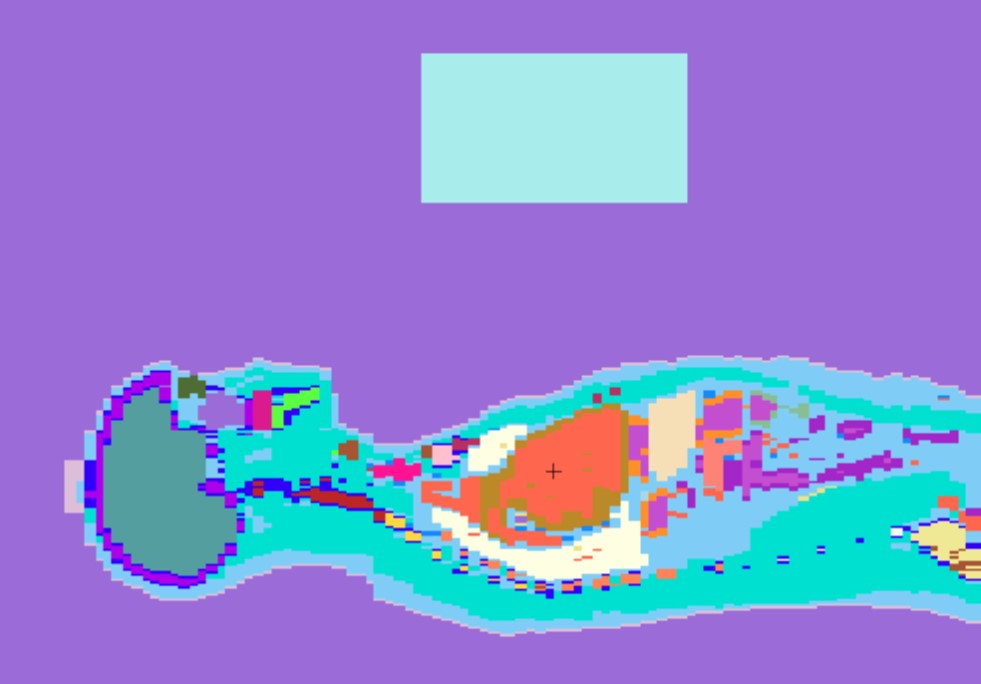There has been a tremendous technological advancement in life-saving cardiac and interventional radiology procedures performed under fluoroscopic guidance. These procedures, such as TAVRS (see https://www.youtube.com/watch?v=csxJYTLXNJY), provide life-saving benefits to the patients, but can be long and complex, and result in high radiation doses to the cardiologists and radiologists performing the procedures. Doses to the head and neck, which are outside of the protective lead apron, are monitored with a collar badge attached to the top of the apron. These badge results are now over 1 rad per month in many institutions, and are climbing due to the demand for these new procedures.
The most sensitive organ in the head and neck is the lens of the eye, where radiogenic cataract formation can occur after a threshold dose is received. The current limit for eye dose is 15 rads per year, which is based on a threshold dose of 500 rads for cataract formation. Recent epidemiological studies suggest that the actual threshold is less than 500 rads, and the International Commission on Radiological Protection (ICRP) has recommended a lower threshold dose, and head and neck limit. Forcing the dose lower by regulatory means is not desirable, as any adversarial regulatory action that reduced the availability or accessibility to the new life-saving procedures would necessarily cost human life in the vulnerable patient population. A shielding plan to protect the cardiologists and interventional radiologists is needed.
The only shielding available to the cardiologists and radiologists are various types of shadow shields which must be positioned correctly to reduce the head and neck dose. While essentially all hospitals and outpatient clinics equipped with cath labs to perform these procedures offer some kind of shadow shielding, it is only rarely positioned and used optimally.

Dr. Metzger has produced a Monte Carlo model of a cath lab and a special procedures room that allows the efficacy of the various shadow shields available in a facility to be evaluated prior to a specific procedure. The dose reduction possible with each shadow shield and any combination of the shields can be modeled and determined before the start of the procedure.
The paper describing this model can be found here, and will be presented at the Health Physics Society Midyear Meeting in San Diego, CA (https://hps.org/meetings/meeting49.html).